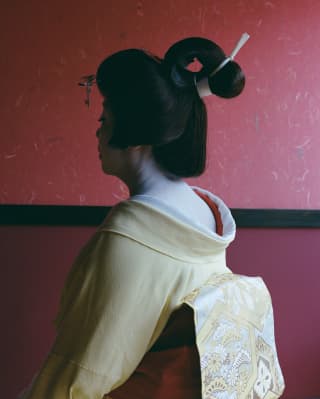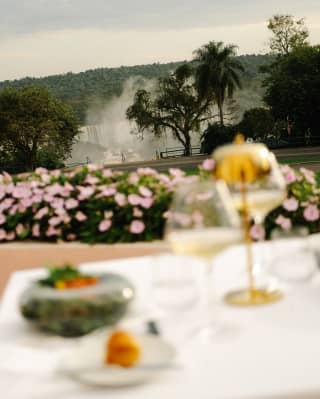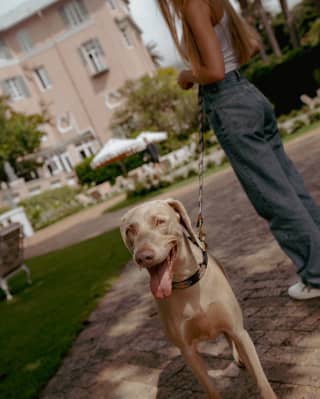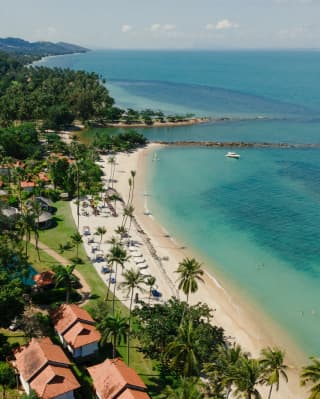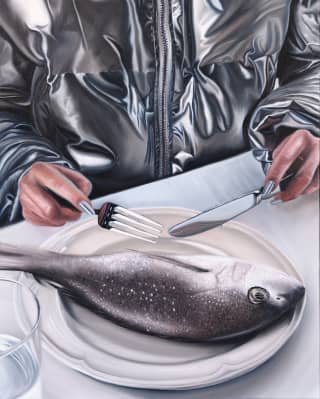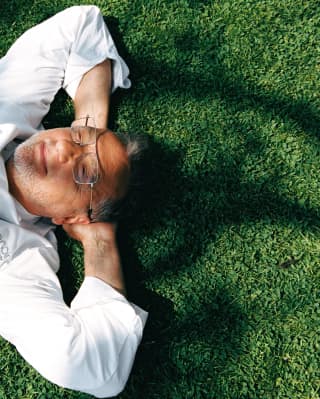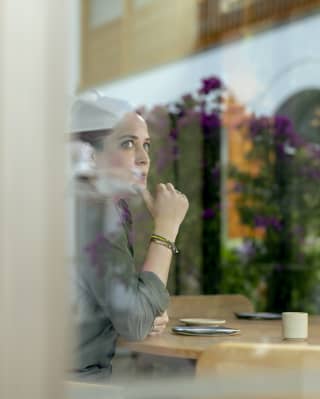Eat Your Way Through Penang
Discover ‘Penang: Recipes and Wanderings Around an Island in Malaysia’, the newest cookbook collaboration between Belmond and Apartamento.
Read more - Eat Your Way Through PenangHow Conservation Is Getting Creative
The ocean is the world’s largest ecosystem, yet it is at risk like never before due to rising temperatures, overfishing and declining coral reefs. Emma Love, contributing editor at Condé Nast Traveller, meets a passionate cohort who think it’s not too late to turn the tide.
Read more - How Conservation Is Getting Creative Just the Ticket
Ever since a young Cornish engineer pioneered the first-ever train journey in South Wales in 1804, the world has been enamoured with the possibilities of the rail travel. Journalist, trains aficionado and author of 'Around the World in 80 Trains', Monisha Rajesh, leads us full steam ahead through Britain’s railway history – and explores how a new luxury train signals that slow travel is back on track.
Read more - Just the Ticket 



